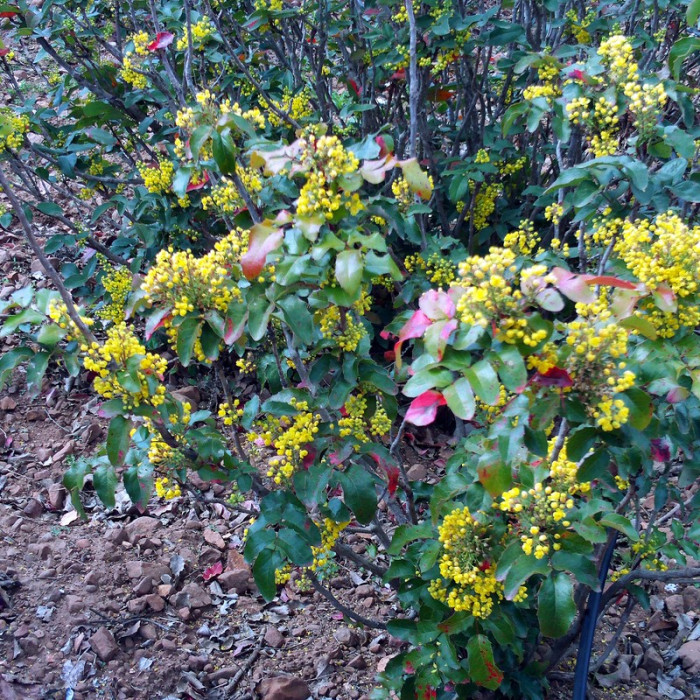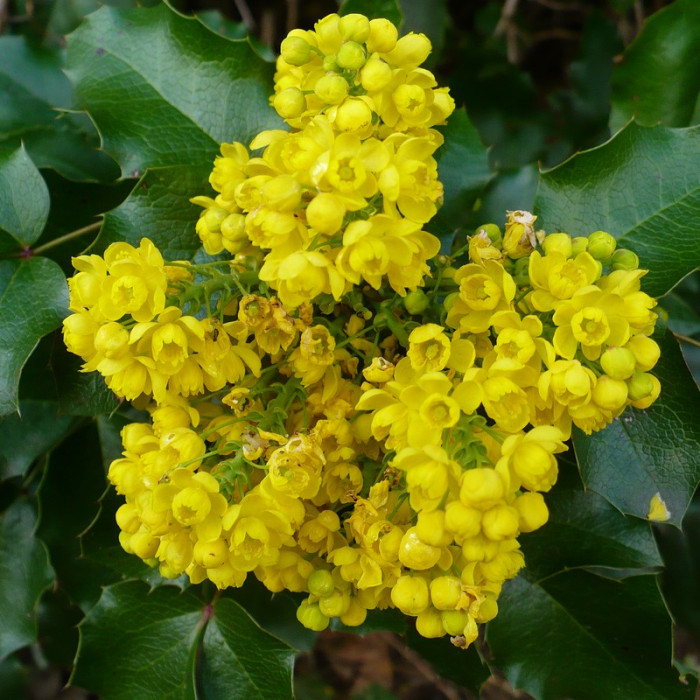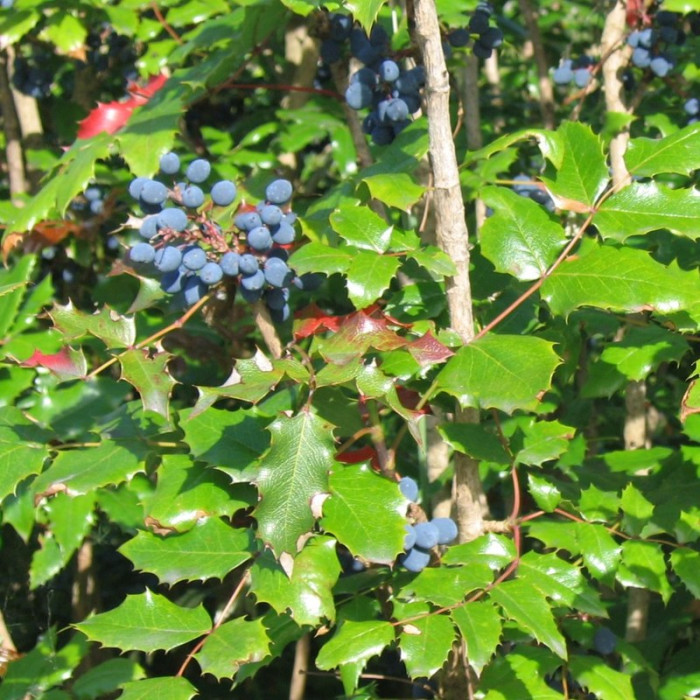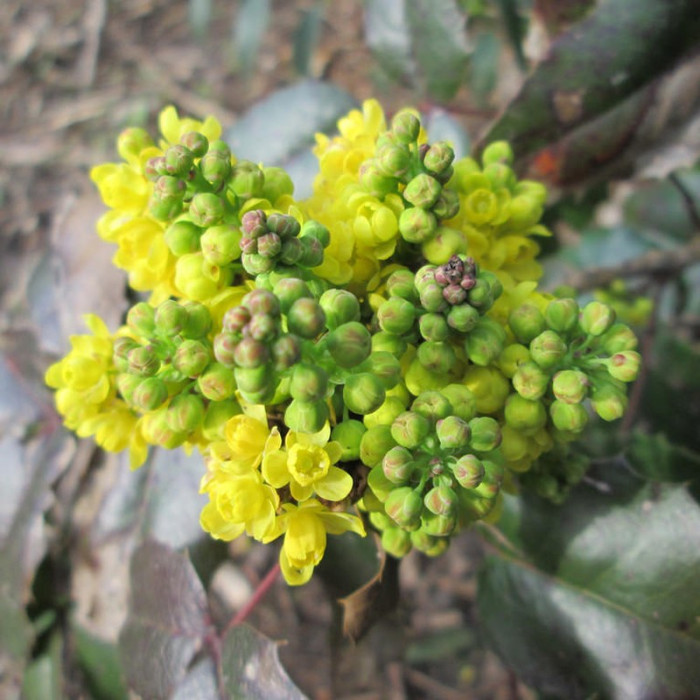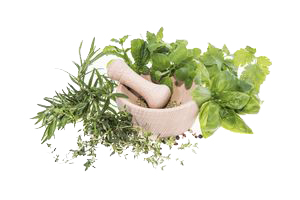Mahonia aquifolium, the Oregon grape or holly-leaved barberry / Mahonia aquifolium
It is an evergreen shrub up to 1 meter tall, forming thickets due to overgrowth by root offspring. The bark on young shoots is pinkish-gray, on old shoots it is brown-gray, with longitudinal stripes. Chameleon plant. Depending on the time of year, it has a different color of leaves: in summer - green, in spring - red, in autumn - bronze.
The leaves are compound, spiny-toothed, pinnate, about 5-9 leaflets, up to 15-20 cm long, the petiole is usually reddish; leaflets are leathery, dark green above, glossy, with a depressed network of veins, dull below, pale green, notched-sharp-toothed along the edge, 3-9 cm long, 1.5-2.5 cm wide.
Flowering in April - May. The flowers are about 8 mm in diameter, collected in many-flowered panicles or brushes in the axils of the outer scales of the apical bud, light yellow, bright, often with a lemon tint. Sepals 9, greenish-yellow; petals and stamens 6 each.
The berries are oblong-elliptical, up to 10 mm long, 8 mm wide, bluish-black, with abundant bluish bloom, covered with fluff, with 2-8 seeds, sweet and sour, used in confectionery production and for tinting wines. The fruits ripen in August - September.
In medicine, flowers collected in March - April are used. The natural actives from the bark of the Mahonia aquifolium plant are used in homeopathy to treat dry, scaly skin conditions such as psoriasis.
Good for borders, low, uncut hedges, group plantings, and for tamping tall shrubs. It is especially effective in spring with dense bright inflorescences that stand out against the dark green foliage. Used for bouquets and wreaths.

No questions about this product, be the first and ask your question.


